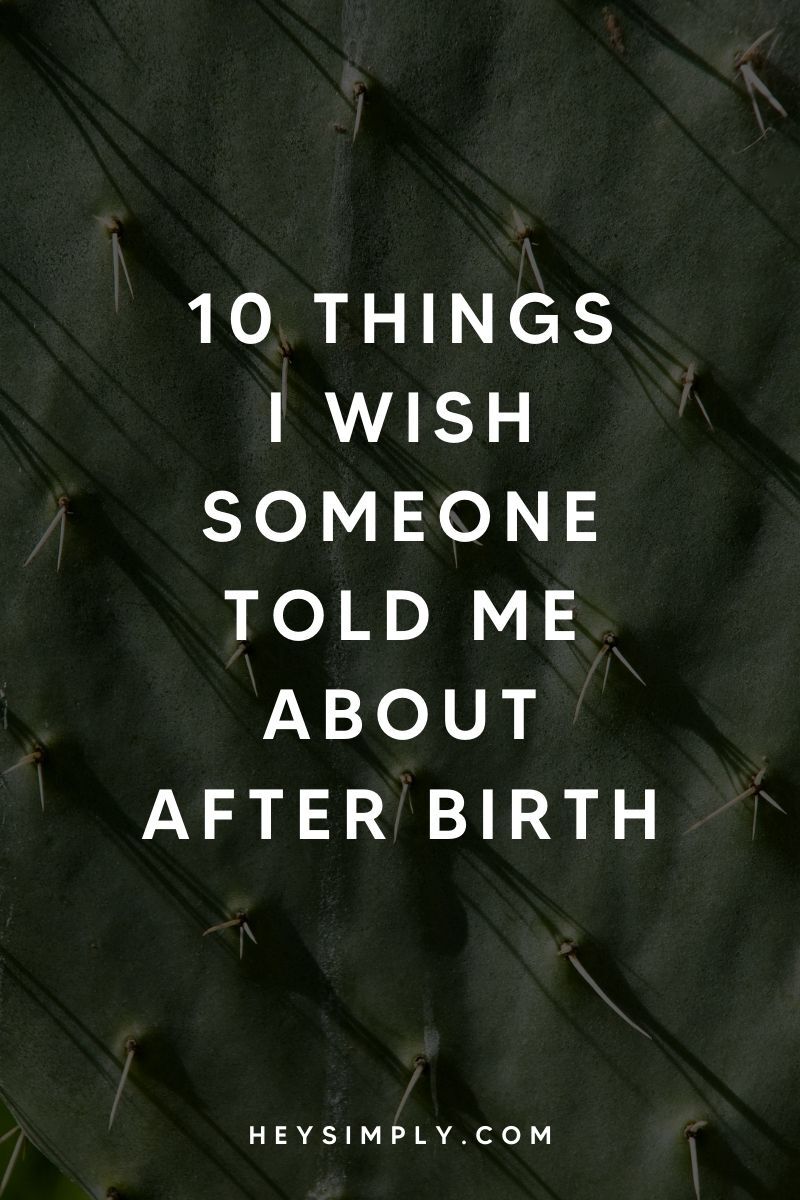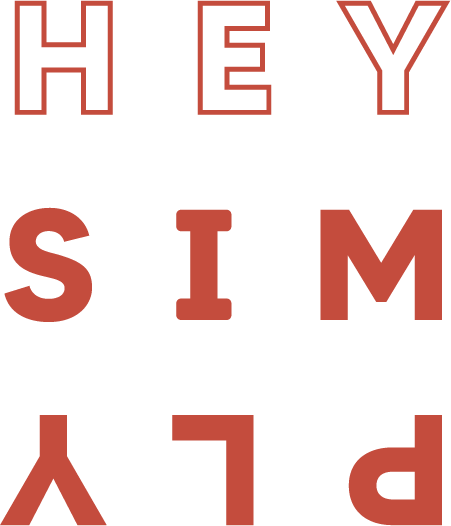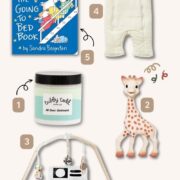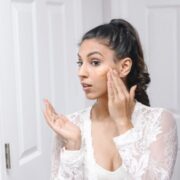Like many before me and many after, the amount of melanin in my skin is directly correlated to how much hair is on my body. In other words, #browngirlproblems. I spent the ‘shameful’ years ages 10-13 in gym class wearing shorts & tank tops troubled over my prickly legs while my more fair counterparts knew nothing of my struggle. I got my first taste of laser hair removal in college and I was so. freaking. excited. about it. I was somehow totally okay with being stabbed by what felt like multiple tiny needles in the most sensitive parts under my arms for the promise of not having to shave anymore.

Eight sessions and $500 later— no luck. It didn’t work. Turns out laser was new and there were still kinks they needed to work out to figure out what types of lasers work on what types of skin and skin colors. This one was, in fact, not the right one for me.
After that every expensive lesson, I decided to give it another go after college and this is what I learned. Let’s start with the most obvious one: getting laser hair removal done doesn’t mean that hair won’t grow there again. Let that soak in – hair will still grow there! Laser hair removal will slow down the growth of your hair and “burn” follicles but hair may still grow in those areas. Okay, now that we cleared that up, let’s go through the other “burning” questions (get it?) In order to get you the best information, I chatted with my favorite travel blogger, Shem Hooda behind the blog, Sugar & Stamps, who daylights in the world of estheticians & laser hair removal and can give us both a professional experience.
Related: A Top Derm Answers Your Biggest Skincare Questions
DOES IT HURT?
The treatment itself is typically not painful, but some patients experience some level of discomfort depending on the treatment area. I would describe the sensation to be similar to that of a rubber band snapping against your skin. The level of discomfort varies depending on the treatment area and though the treatment can be uncomfortable, the good news is, it is very tolerable for most people. While the area may be a little red or swollen post-treatment, you shouldn’t be in any pain once the treatment has ended.
Editors Note: Uh yah. The feeling is between having a rubber band snapped on your body and being stabbed by a million tiny needles. But it’s doable- and I have ZERO pain tolerance. You can take numbing cream and ibuprofen before your appointment, but it will still hurt in some places. Where does it hurt the most? Underarms, shins & bikini. Where your hair is most coarse it will hurt more so in places like your lower back, belly, and thighs where hair is light or nonexistent it won’t be as bad.
IS IT PERMANENT?
Laser hair removal is permanent hair reduction, not permanent hair removal. (Editor’s Note: told ya so!) While laser hair removal doesn’t get rid of hair forever, it does drastically reduce hair growth. Keep in mind that because hair follicles are hormonally active structures, new follicles can grow later in life due to hormonal / medication changes, shifts in weight, etc. It’s not uncommon for patients to return for maintenance treatments once or twice a year.
Related: Brilliant Hacks To Do Everyday For Better Skin
WHAT AREAS WOULD YOU SUGGEST A BEGINNER START WITH?
I notice that most patients looking to try laser hair removal for the first time will go with a bikini & underarm package! Though these areas are sensitive, they are the most convenient place to start in terms of removing unwanted hair.
IS THERE A PREPPING PROCESS?

There are a few pre-care considerations:
- No waxing, tweezing or plucking hairs for at least 6 weeks prior to treatment.
- Shave 12-24 hours prior to treatment.
- No antibiotics for two weeks prior to treatment.
- Avoid all sun exposure, including tanning beds, any incidental sun, spray tans, and self-tanning sprays/lotions. Wear sunscreen daily on the area being treated (tan skin has a higher risk of adverse side effects and you may be required to reschedule your appointment if you are tan).
- Immediately prior to your session, you should remove makeup and sunscreen on the area to be treated.
ARE THERE RISKS INVOLVED?
All medical procedures include some risks. For laser hair removal, these risks include blisters, swelling, folliculitis, or micro-crusting that can lead to scarring and/or skin discoloration. Some redness or “laser bumps” are normal post-treatment, but if you experience micro-crusting or blisters, it could be in part due to failure to carefully follow the pre-care instructions or utilization of incorrect treatment settings. Although slightly annoying, the good news is that these adverse effects usually resolve quickly as long as proper care is followed and long-term side effects are rare.
HOW DOES IT WORK ON DARKER-COLORED SKIN?
Thanks to advances in technology, laser hair removal for darker skin types has become extremely safe and effective! The Nd: YAG is perfect for treating patients who classify as a 4-6 on the Fitzpatrick Skin Typing Scale (this is a numeric scale on which 1 is the lightest and 6 is the darkest). The Nd: YAG laser works for darker skin types because the wavelength goes
deeper than a traditional laser, bypassing the melanin in our skin.
I get it, skincare can be confusing. That’s why we put together this quick skincare guide for you!
WHAT’S THE BEST FORM OF AFTERCARE?
Immediately after treatment, a small amount of aloe/hydrocortisone works charms to prevent or help soothe any itching or redness. It’s best to avoid exercise or any vigorous activity that will cause sweating for 24 hours, avoid bathing in hot water, swimming, or soaking in a hot tub for at least 2-3 days and refrain from sun exposure and tanning beds for 1-2 weeks post-treatment.
Related: Hyaluronic Acid Sounds Scary – But Do You Need It?
HOW MANY SESSIONS DO I NEED?
The reduction process will take multiple treatments, usually spaced 4-8 weeks apart. The average number of recommended sessions is 8 for the body and 10 for the face.
Editors Note: Again, depends on your body & hair growth but they usually recommend 8-12 sessions. I’ve been in touch-ups for about 2 years so I go every 2-3 months and only do the spots I’m still seeing some growth and I still occasionally see a few legs and underarm hairs.
HOW MUCH DOES IT COST?
This varies so much based on where you are located, what areas you are getting done, and what deals are available.
Editors Note: I paid $2000 for the full body for 8 sessions + 2 years of touch-ups.












